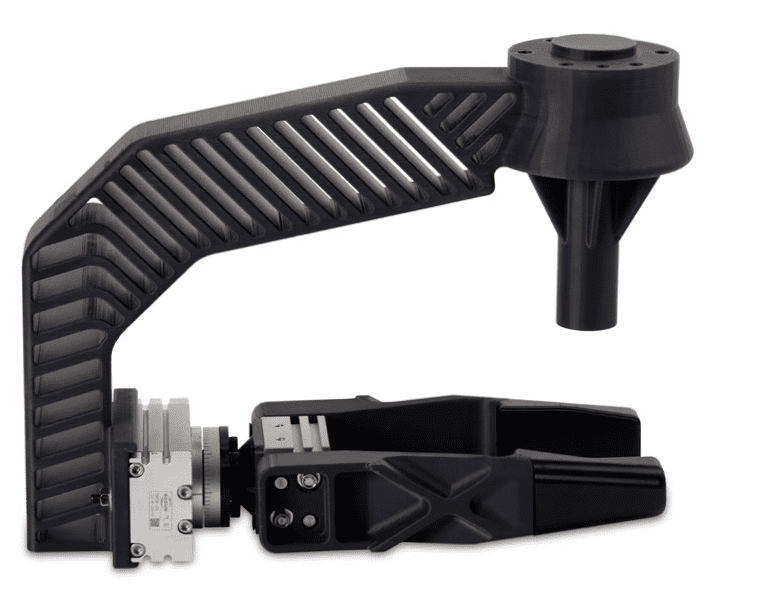Fused deposition modeling (FDM), is the most common additive manufacturing process. FDM printers heat and extrude thermoplastic filament in the required pattern, layer-by-layer, across the build platform until the product or part is complete.
The thermoplastic materials used by FDM machines are ideal for complex and/or functional prototypes, durable manufacturing tools and small-run parts manufacturing. FDM 3D printers are versatile enough for every stage of product development. This includes rapid prototyping, design iterations, and finished parts.
How FDM 3D Printing Technology Works
The following are the basics steps of FDM printing.
1. Pre-Processing
Before printing, build preparation software slices and positions the file and creates the printing path along which the extrusion head deposits the thermoplastic material, and any support materials.
2. The Printing Process
The thermoplastic filament is fed to the nozzle in the printing head, which melts the filament to a near-liquid state. The extrusion heads then deposit the thermoplastic along the extrusion path on the build plate in ultra-fine beads. Parts often need support during the 3D printing process. So, when required, the extrusion head prints the removable support material through a separate print nozzle.
3. Post-Processing
Once the printing process is complete, the operator removes the support material. This is done by breaking away the material or dissolving it in detergent and water. Other post-processing steps can be used to finish the part as according to its specifications. These can include sanding, polishing, priming and painting, cold welding, and epoxy coating.
The Benefits of FDM Additive Manufacturing
- Cost-effective production of common thermoplastic prototypes and finished parts
- FDM printers can use a wide variety of stable, production-grade thermoplastics depending on the performance characteristics needed for the final product
- It’s a well-developed, clean and easy-to-use technology
- The level of detail includes complex geometries and cavities that may be difficult with other 3D technologies or traditional manufacturing
If you enjoyed this post and would like to learn more about rapid prototyping, check out our article “Why Your Finished Product Is Better with Rapid Prototyping“.
